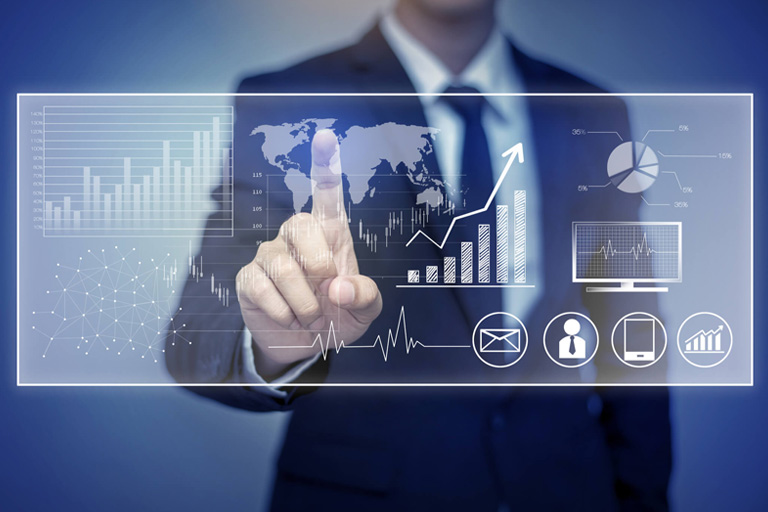7 Innovative Technologies Used in Healthcare
Technology in healthcare has come a long way in the past century. It facilitates many routines in a medical setting and eases the workloads of healthcare workers; especially right now in the time of Covid. Many of these advancements have helped the healthcare industry make strides in practice and in medical breakthroughs. What are some of these technological advancements making healthcare less complicated? Read on to find out.
Runbooks
Hospitals and clinics have their own IT departments that handle appointments, medical reports, and much more with ease. Operations runbooks maintain consistent logs of all routine operations to be completed throughout the day. If it malfunctions, the consequences can be costly for the clinic, so it’s important for IT professionals to ensure that the runbooks are operating as they should each day.
Telemedicine
Gone are the days of rural residents driving hundreds of miles to visit the nearest doctor’s office—technology has made it easier for these populations to get the care they need. Telehealth services help to further bridge the connection between patient and doctor through various forms of telecommunication, such as through a Facetime call or over the phone. Patients will no longer have to lose any productivity hours; with telemedicine, they can get their medical needs taken care of from the comfort of their own home.
Self-Service Portals for Patients
Sitting in the waiting room for ages and filling out paperwork is one of the most tedious parts of going to a medical professional. Self-service portals on websites and kiosks on-site cuts potential waiting time by at least half. Many medical centers are going paperless and encouraging patients to complete all paperwork online to save time at the office before getting the care they need. This is especially beneficial for anyone having a medical emergency who needs care as soon as possible.
Smartphone Usage
The incorporation of electronic devices such as smartphones in healthcare eliminates the need for thousands of wires and cords. Medical professionals can verify and analyze patient information on the go without needing to run to the nearest computer. There are even apps that doctors can use to easily send information to and communicate with their patients at any time when needed.
Wireless Communication
Wireless communication in a medical setting is related to smartphone usage by medical professionals, but concerns communication at large. Pagers and speakers are slowly being done away with in favor of seamless communication tools such as instant messaging and live chats with doctors. Though these methods are fairly new, they are proving tantamount in improving the quality and speed of medical care.
Electronic Health Reports
Paperless health reports are growing at an increasing rate in medical centers everywhere. Doctors can easily access their patient’s electronic health reports with a few clicks of a button instead of logging information by hand. What makes this technology even better is that if there are any changes to be made, they can be added to the e-report in an instant. One won’t need to worry about losing it, as it will remain in the system for many years. They can also be emailed to various doctors and medical centers if it is needed to do so.
Remote Monitoring Tools
Sophisticated monitoring tools are another advancement in technology that allows doctors to monitor health changes in their patients from afar. These devices are being utilized more during the current pandemic. For example, a smartwatch can monitor one’s heart rate and blood pressure and keep a record of this information to update the user’s health stats. This information can be sent to hospitals or other medical centers to give doctors a head start on providing care.
Technological advancements have increased the quality of healthcare by tenfold in years past, and they’re showing no signs of slowing down anytime soon. Aside from these technologies, there are many others that are used, but they play a significant role in helping medical professionals deliver exceptional care to patients.






























